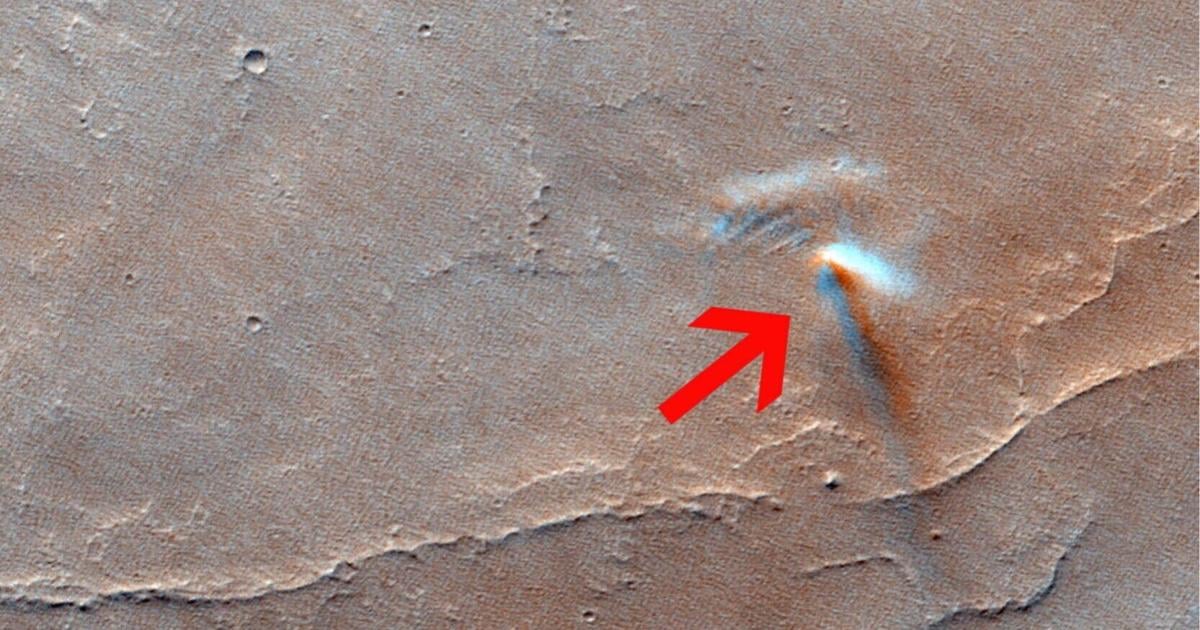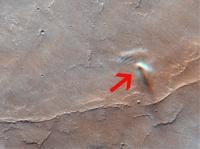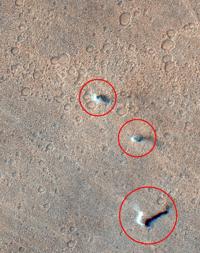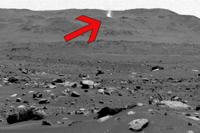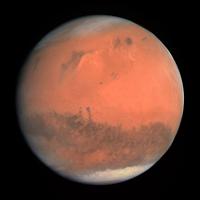ESA’s ExoMars Trace Gas Orbiter (TGO) captured this dust devil tracking across the martian surface on 3 December 2021. (ESA/TGO/CaSSIS via SWNS)
By Dean Murray
Scientists have spotted over a thousand dust devils on Mars.
New research tracking the swirling Martian winds has revealed they reach speeds far higher than previously believed.
ESA’s ExoMars Trace Gas Orbiter (TGO) captured these three dust devils tracking across the martian surface on 8 November 2021. (ESA/TGO/CaSSIS via SWNS)
An international team led by the University of Bern tracked 1,039 dust devils — tornado-like whirlwinds — across the planet’s surface using 20 years of European Space Agency satellite images.
The study found that near-surface winds can reach up to 160 km/h, significantly stronger than past surface measurements suggested.
By applying machine learning to images from Mars Express and the ExoMars Trace Gas Orbiter, researchers created the first global catalogue of dust devil speeds and directions.
An archive picture shows a Martian “dust devil” seen moving east to west about 12 mph (19 kph) along “Thorofare Ridge” on August 30, 2023. (NASA/JPL-Caltech via SWNS)
Study lead Valentin Bickel from the University of Bern said, “Dust devils make the normally invisible wind visible. By measuring their speed and direction of travel, we have started mapping the wind all over Mars’s surface. This was impossible before because we didn’t have enough data to make this kind of measurement on a global scale.”
The results not only advance scientific understanding of Mars’ dynamic climate but also provide insights essential to keeping future human Mars missions safe.
(ESA/MPS et al. via SWNS)
Bickel added: “Information on wind speeds and directions is also really important when planning the arrival of future landers and rovers at Mars.
“Our measurements could help scientists build up an understanding of wind conditions at a landing site before touchdown, which could help them estimate how much dust might settle on a rover’s solar panels – and therefore how often they should self-clean.”
The research has been published in Science Advances.

